My next couple of posts will be about our May Holiday trip to the Sapa rice terraces. I’ll be writing as we travel, so I’m not sure how many posts there will be, but I promise some incredible pictures!!

I’ve wanted to visit Sapa for years. We visited Vietnam twice before moving here, and we did a great deal of traveling on those trips, but we never made it up to Sapa. This was partly because we had already seen the Longji Rice terraces in Guangxi, China, and partly because there are so many amazing things in Vietnam to see, that you kind of have to pick and choose when your time is limited.
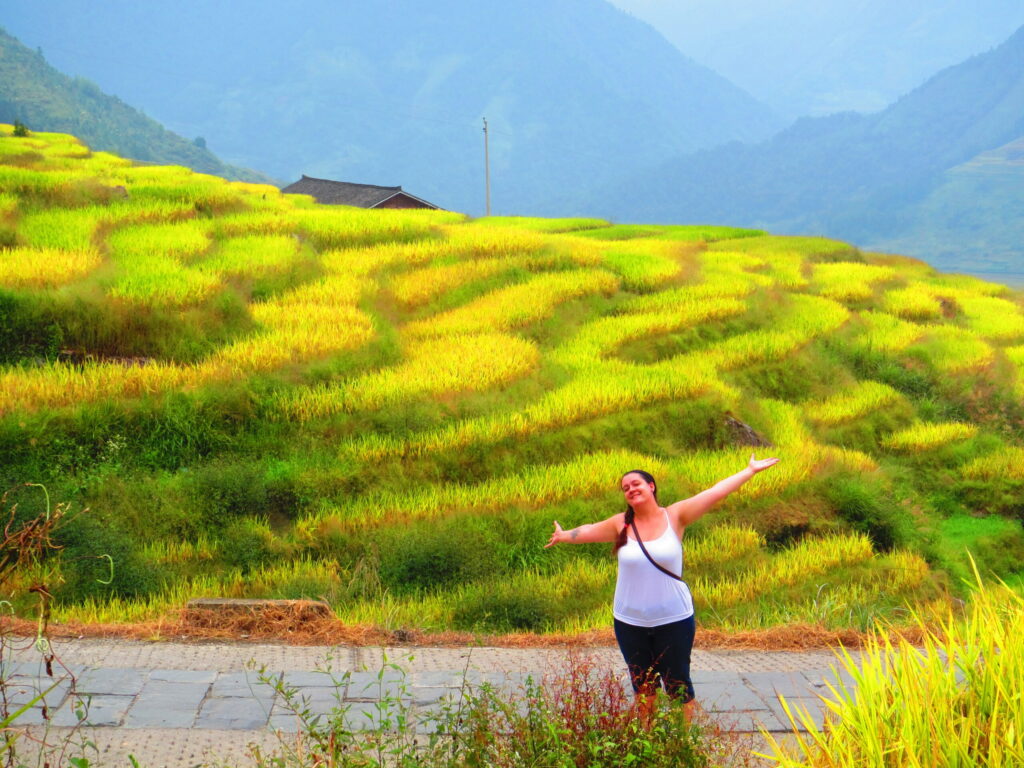
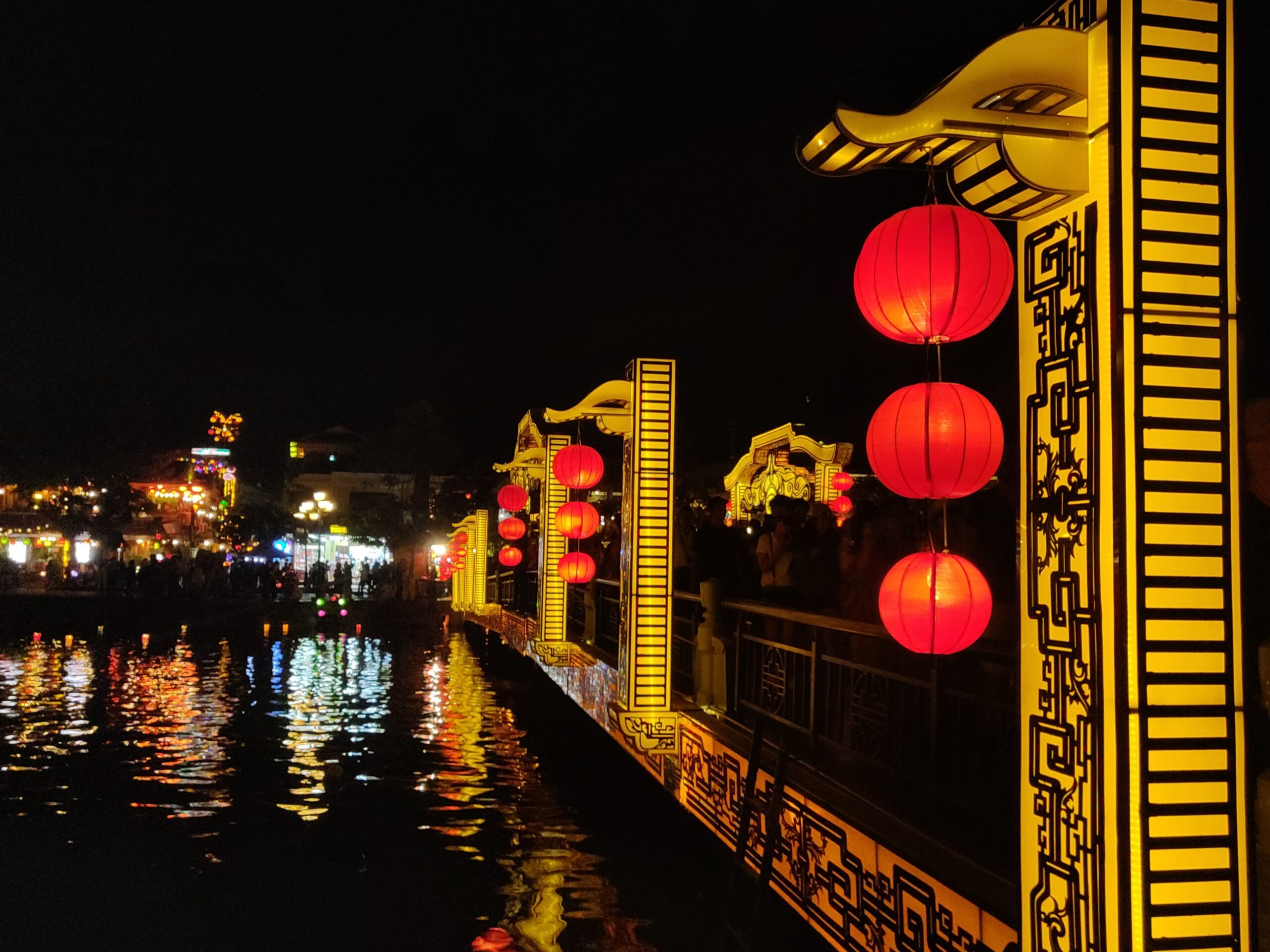
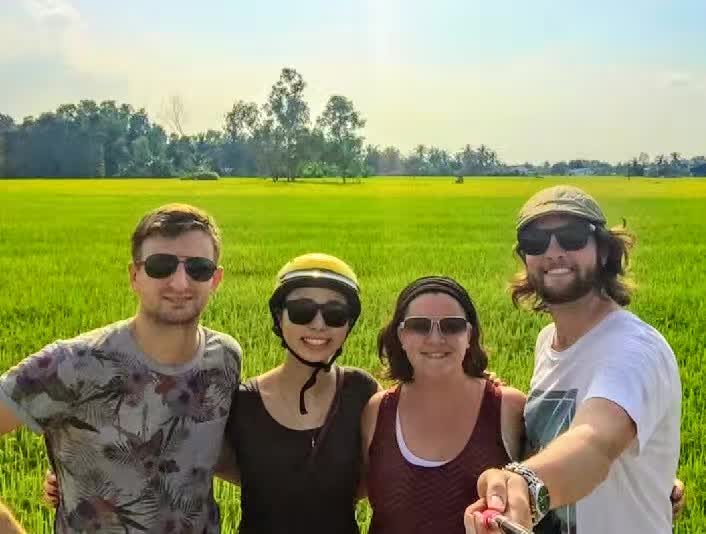
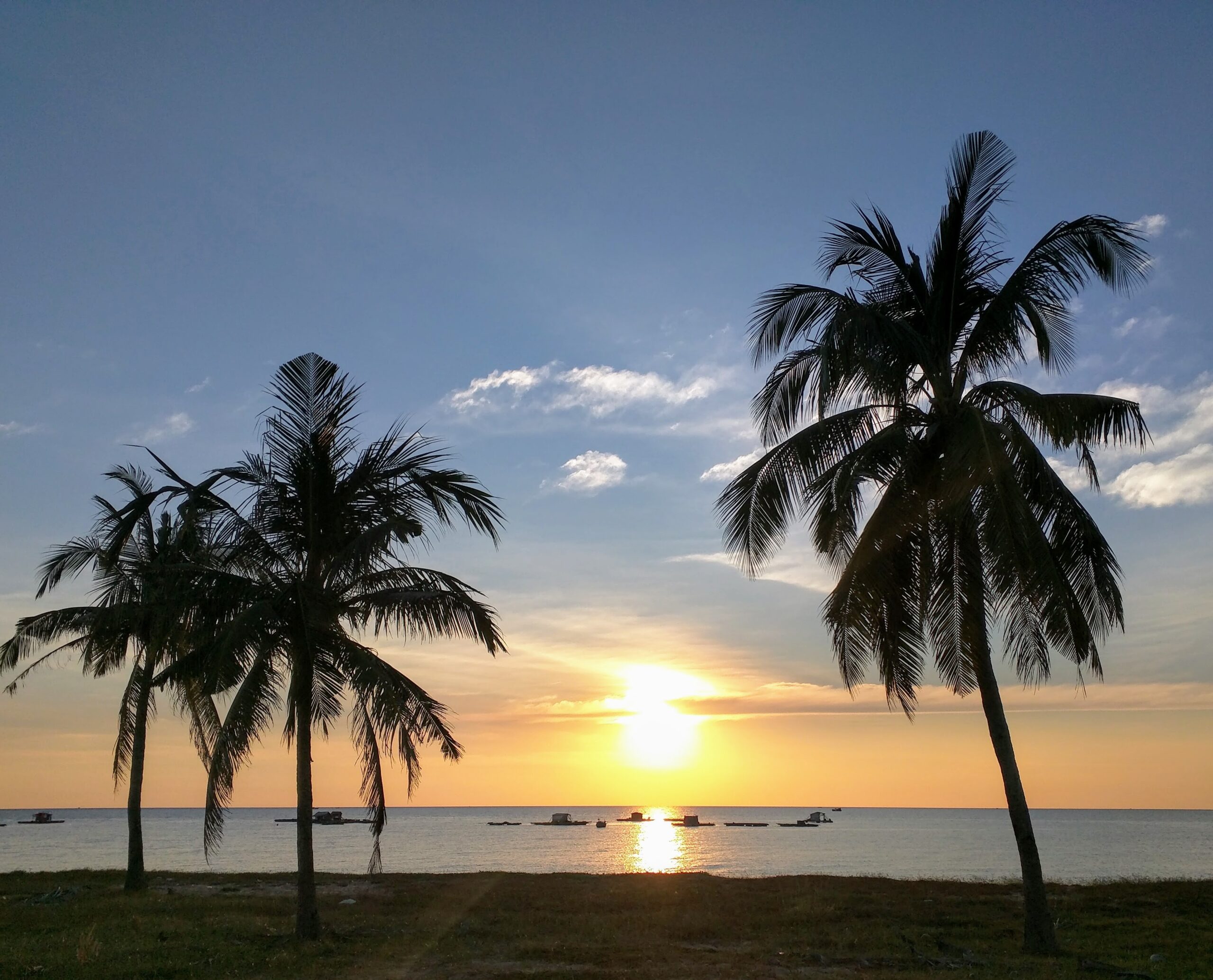
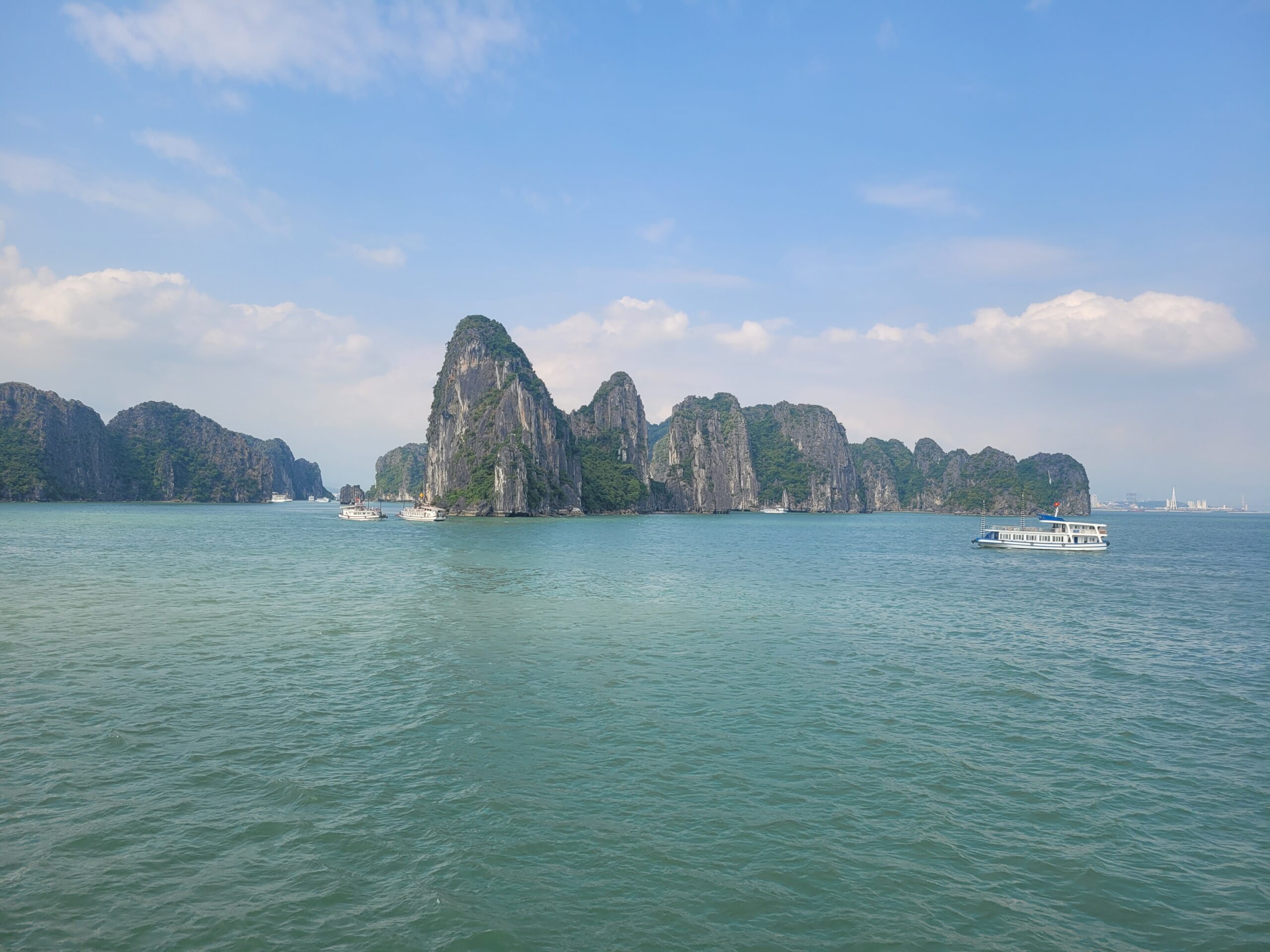
Since we saw the LongJi rice terraces in autumn, right before the harvest, we thought it would be grand to see Sapa in spring, while the rice was still young. It’s been a different but equally beautiful experience.
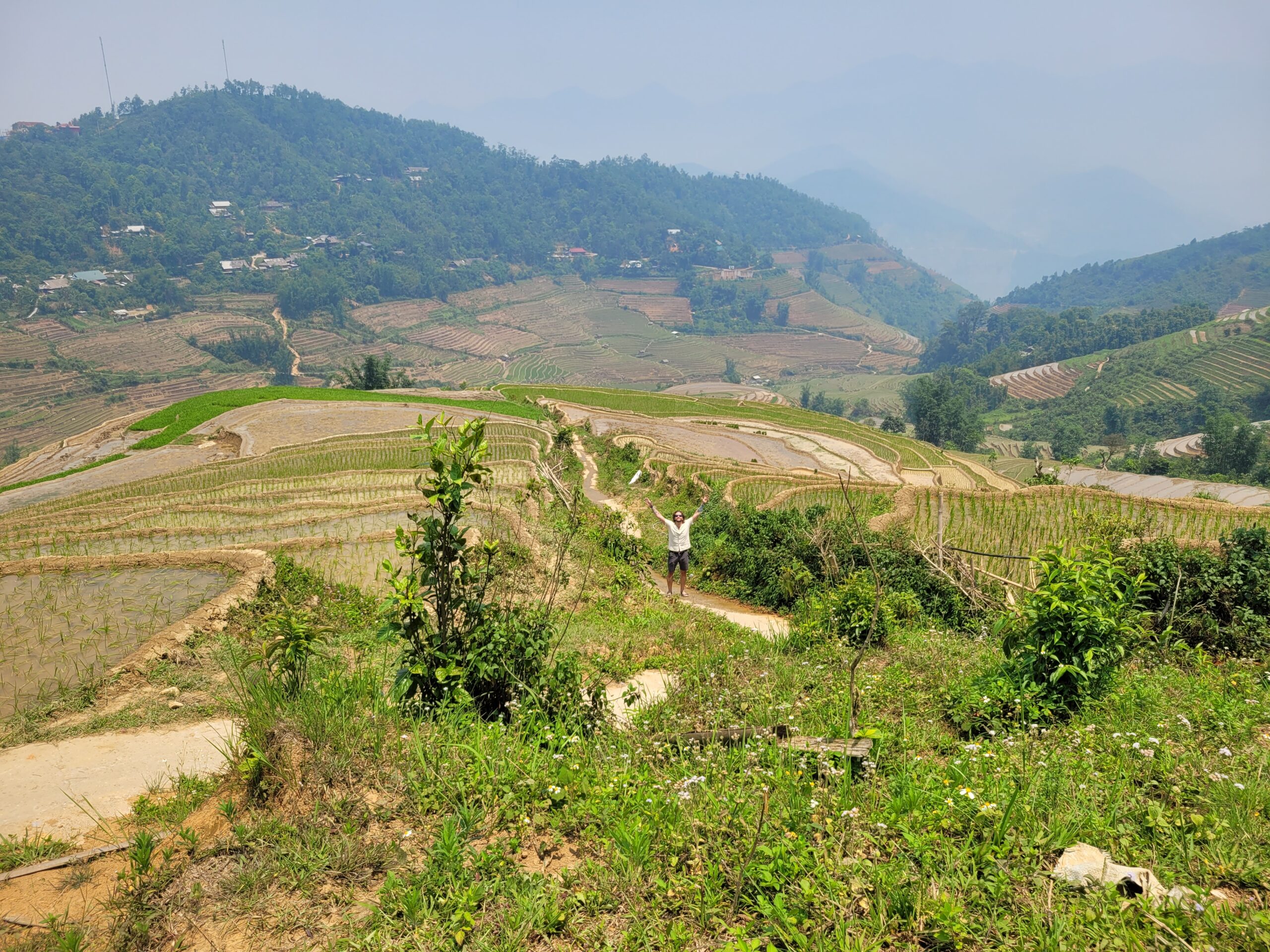
All About Sapa
Geography
Sapa is located 380km North East of Hanoi, very close to the Chinese border. It lies within the Hoàng Liên Son Mountain Range, which is home to Vietnam’s highest peak: Mount Fansipan. The weather is cooler here than in Hanoi, and they even see some snow in winter. In fact, it’s the ONLY place in Vietnam that sees snow.
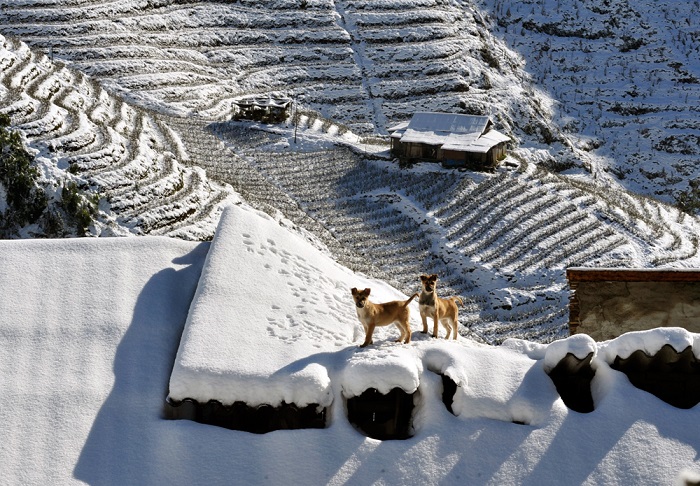
History
The building of Sapa’s rice terraces began more than 300 years ago. 3 ethnic groups moved to the area from what is now China, in search of fertile land.
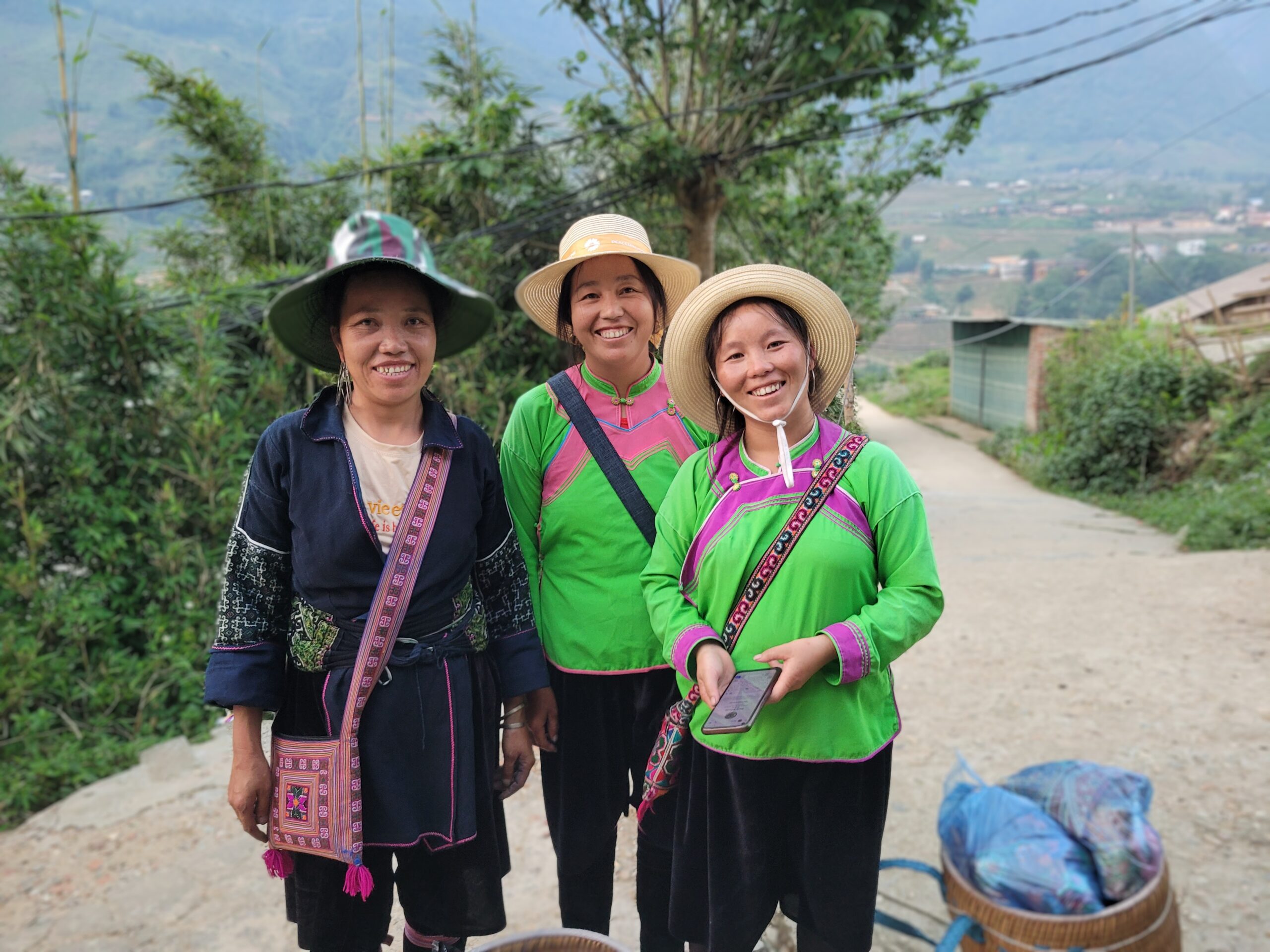
Although agriculture in a mountainous region might seem a little confusing to North Americans, in Asia, they found some pretty good work arounds. Instead of the flat farms that we see in the prairies, farms in this area of the world are sometimes built vertically. Terraces are carved out of the mountainside, … kind of like really big stairs. Streams or natural springs are fed into the top of the terraces and water gets trapped on each “step”, allowing for agriculture to flourish.
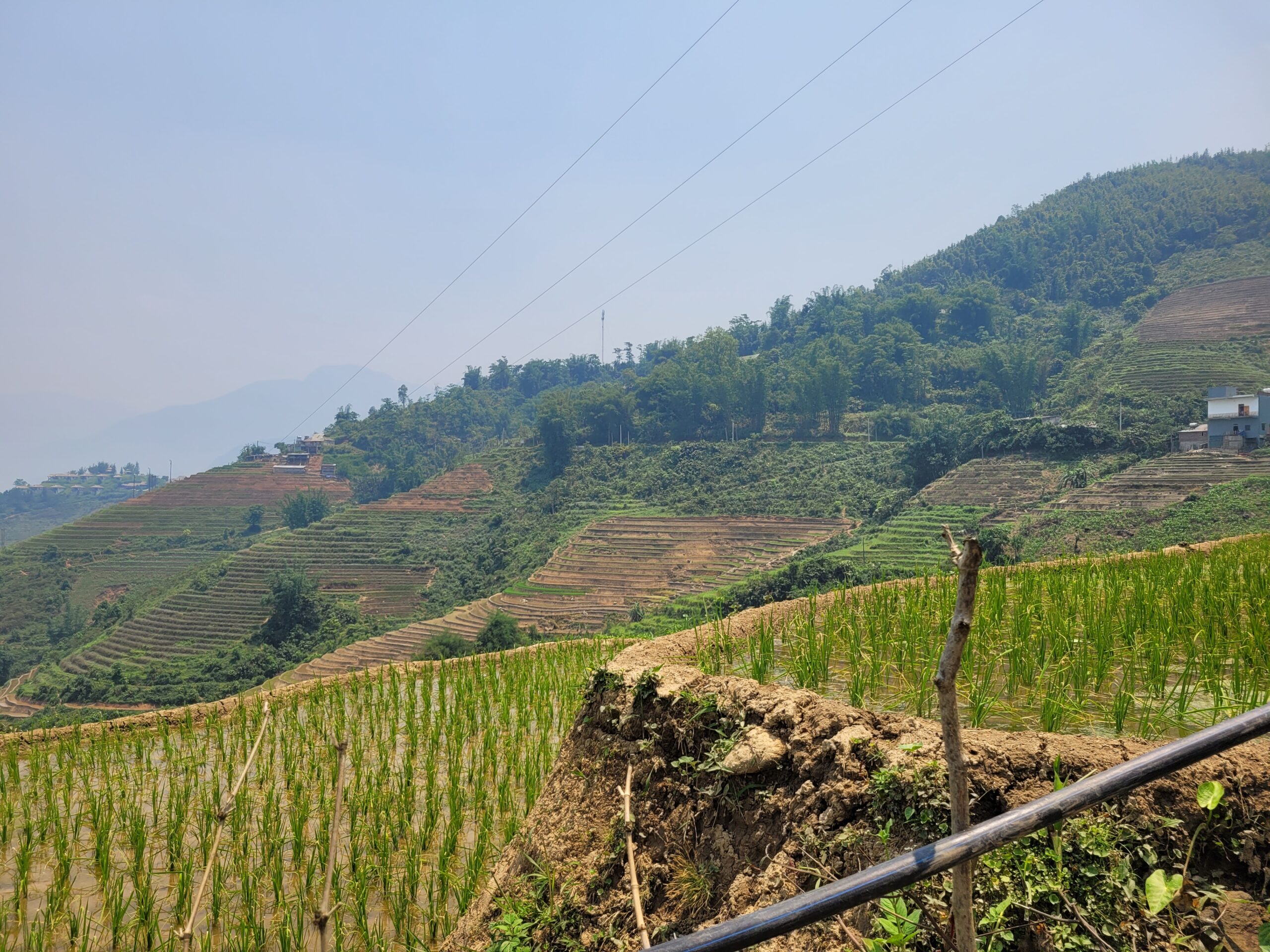
Of course, in this kind of farming, you can’t exactly use big combines so everything is done by hand, using hoes, sickles and spades. These tools are often made and maintained by the farmers themselves. Traditional farming practices have been passed on down the generations and still widely used today. When you see the scope of the terraces, keep that in mind….
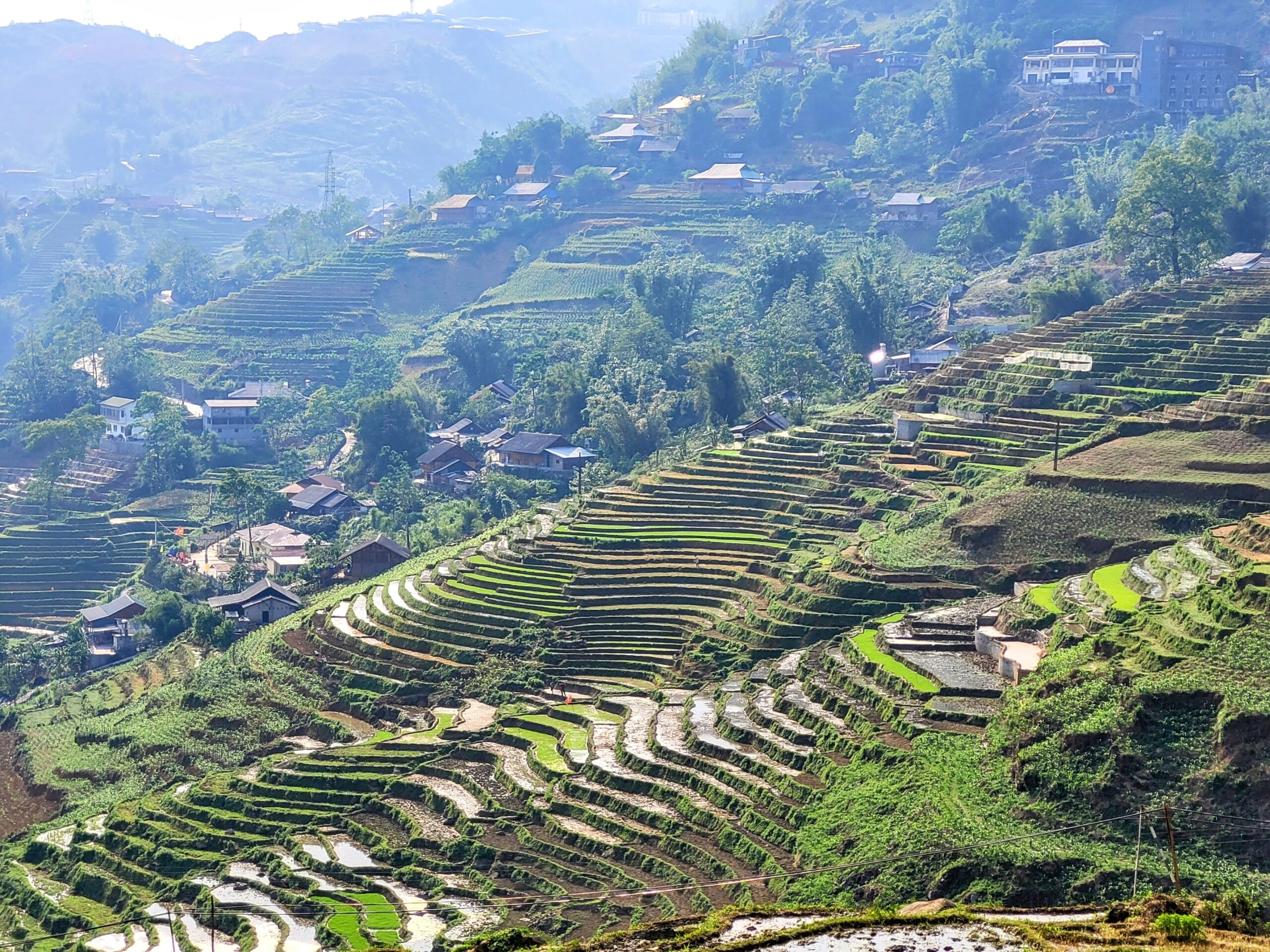
Crops
Several different types of rice are grown in Sapa. The most common are sticky rice (one of my faves and used a lot in Vietnamese food), fragrant rice (often used in desserts) and black rice (which is very tasty and nutritious too!). There are harvest festivals here where you can get local dishes that involve… You guessed it… Rice!
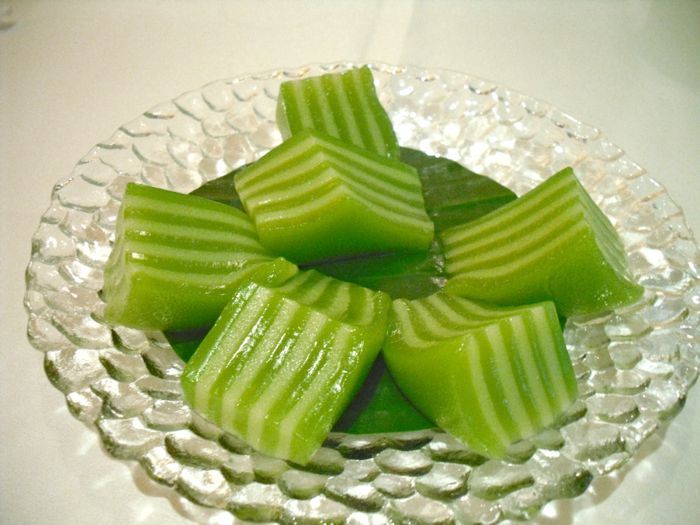
Although the majority of Vietnam’s rice is grown down south in the Mekong Delta, Sapa is where people flock to see the agriculture in practice. Part of this is because the area is so culturally interesting (I’ll be writing about that later on).
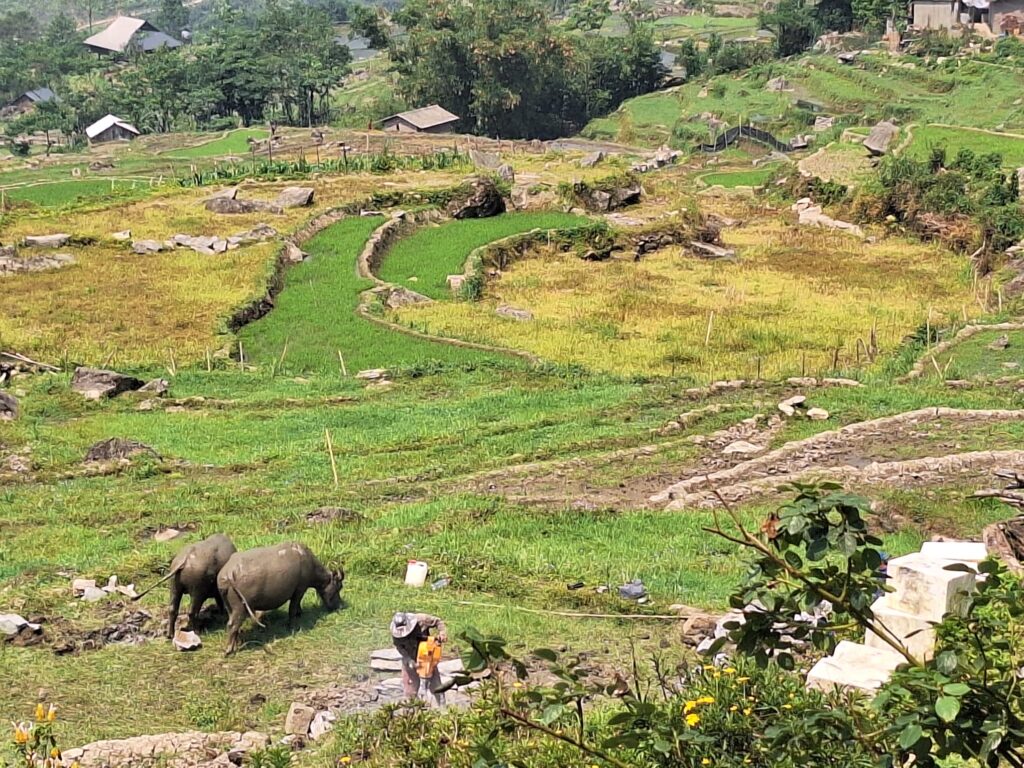
Other crops are grown here too, such as corn, cucumber and peppers, and fruit crops include apples, plums, oranges and more! There is quite a bit of farming here too, and we’ve had to slow down for ducks and cows crossing the road.
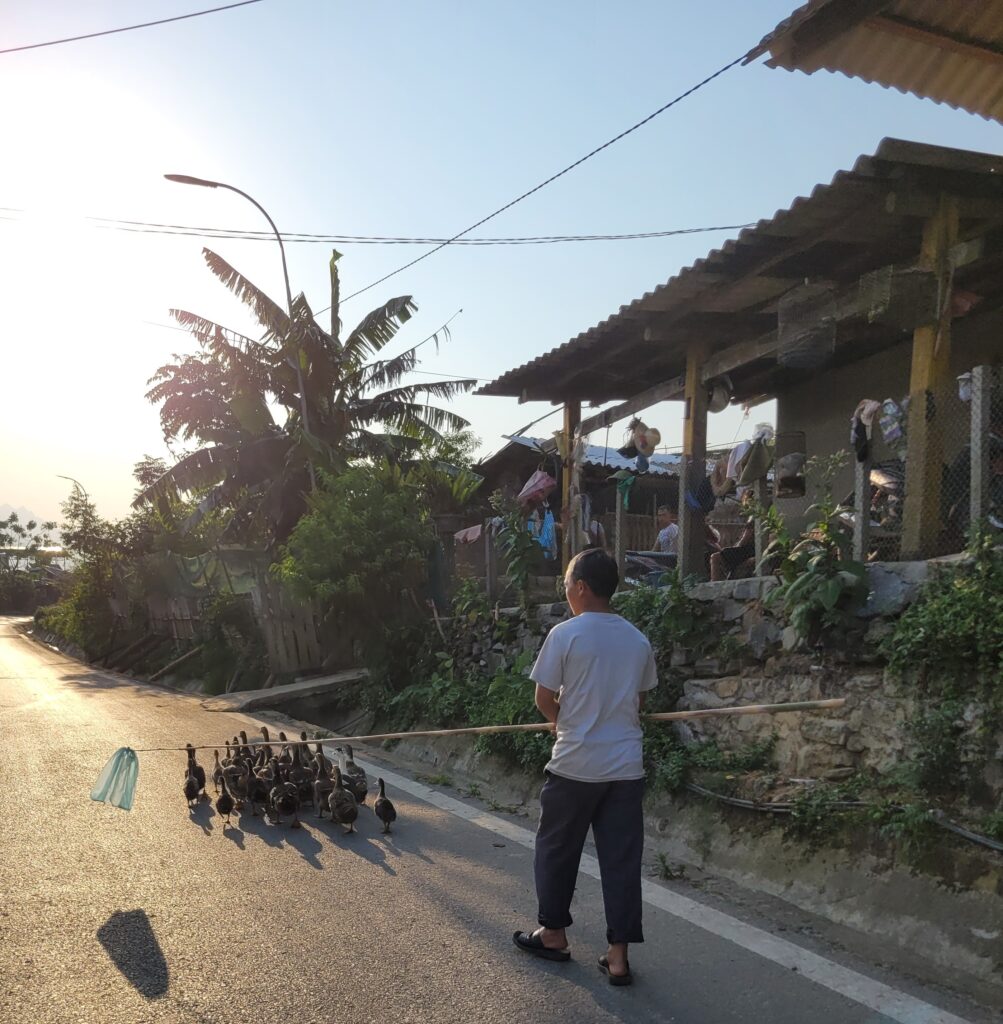
240 hectares of space is also used to grow medicinal plants for Vietnam, including the herbs used in Hmong baths (I’ll be writing about that too!). Although the area is famous for its rice, rice is not the only thing to see here!
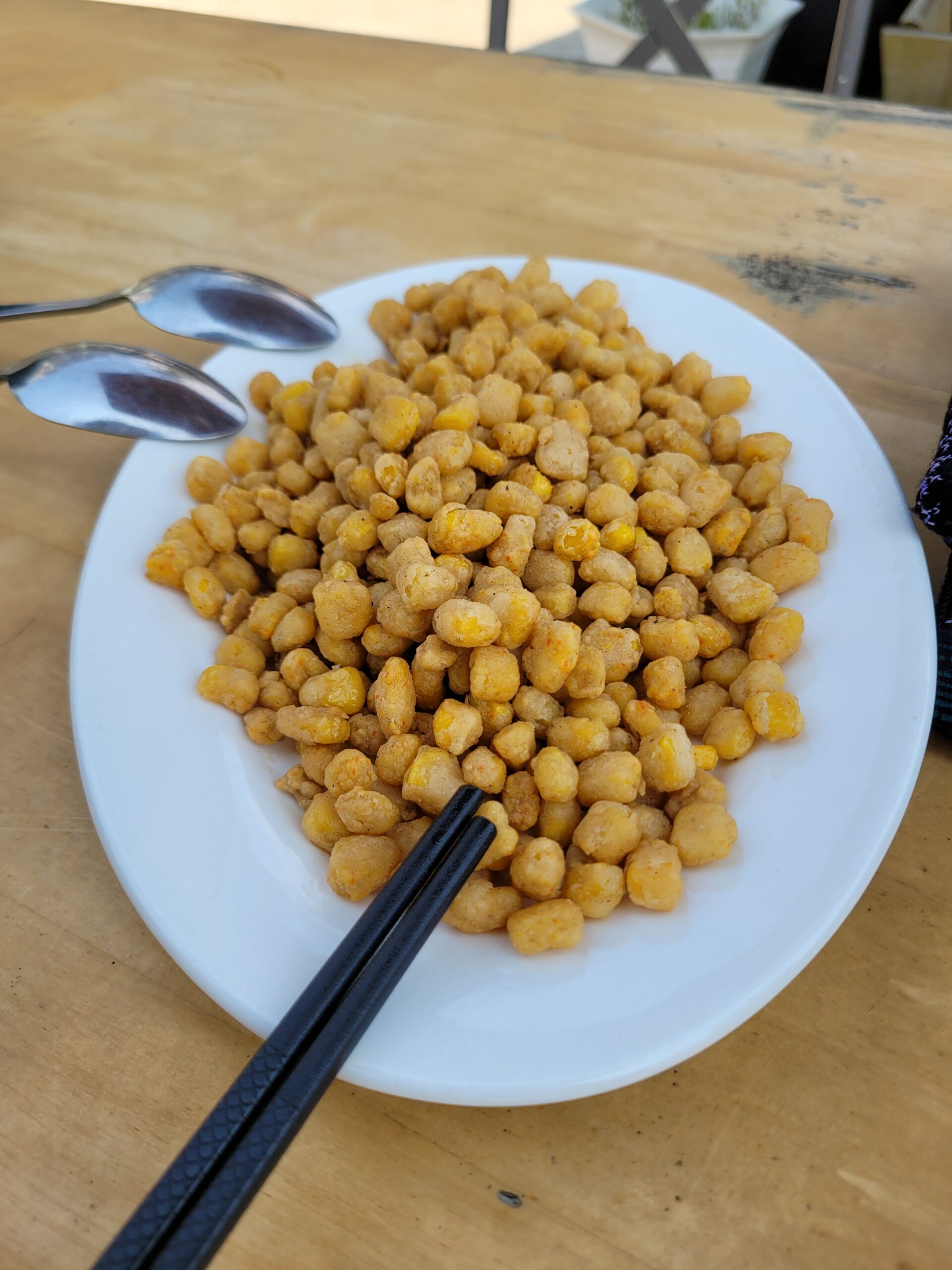
Getting to Sapa
There are 4 main ways to go to Sapa. By private car is the most expensive, of course. The cheapest way is by motorbike. If we can get our hands on a long distance bike, we might do that yet, but 10 hours on our Honda Visions would be tough.
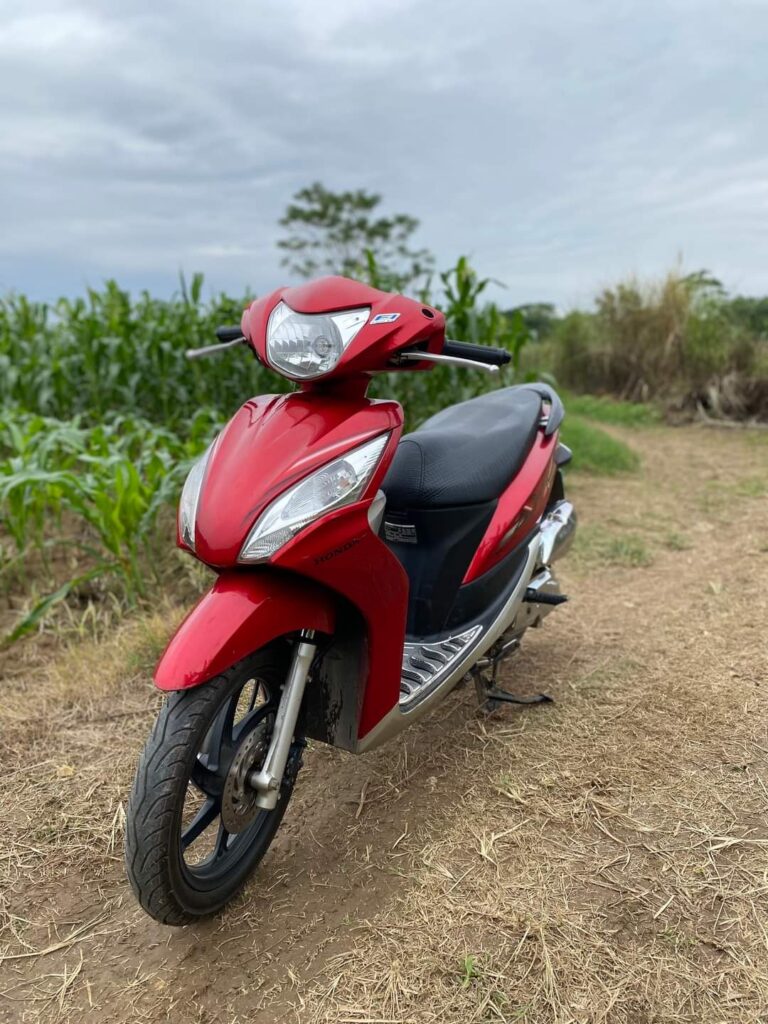
The train is the most comfortable ride, because you don’t need to worry about winding roads and bumps, but it was quite a bit more expensive than the 4th option, which is the one we took: night bus.
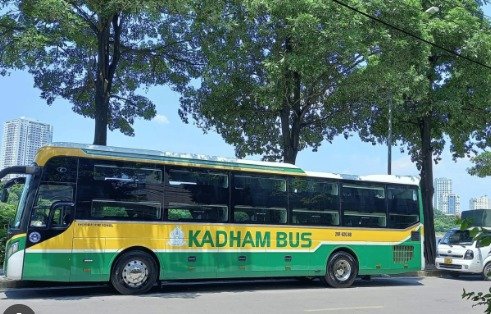
Now…we knew we wanted to go to Sapa, but we only really decided to go a week beforehand, just because I wasn’t sure of my holiday schedule. I took care of the hotel right away, and then we realized we needed to book the bus… But we’d waited too long. As a result, we ended up in tiny half beds that I’m convinced are actually cargo holds. Also, our heads were directly above the bus wheels, and we didn’t have plugs. It was a long 6 hours!
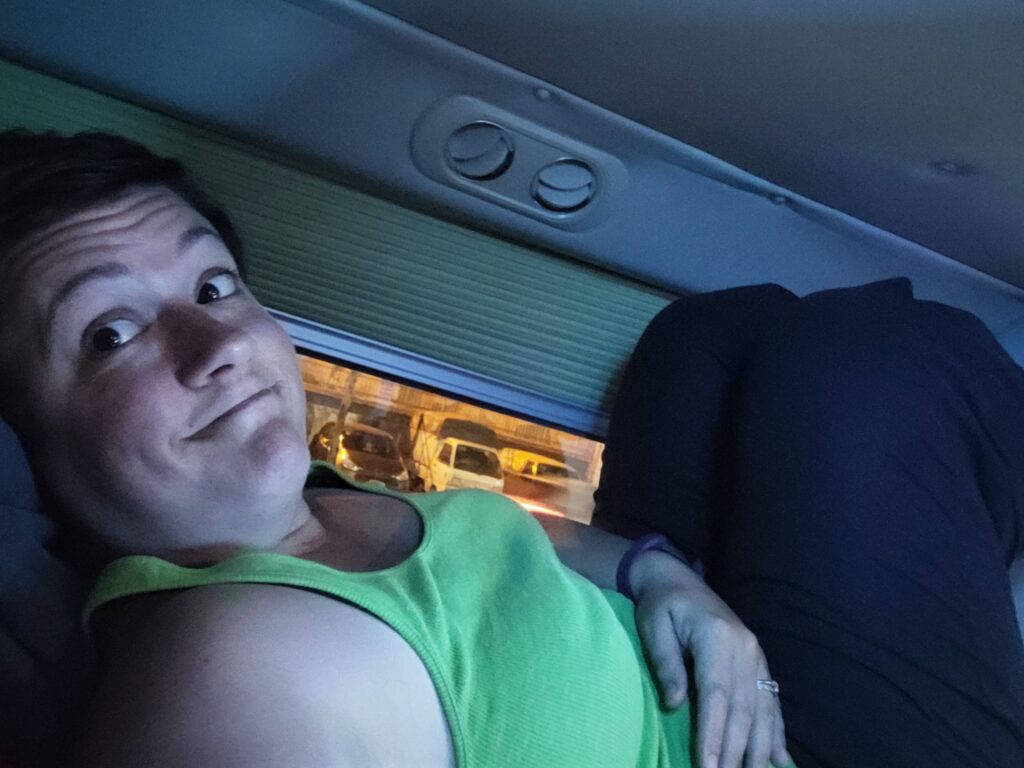
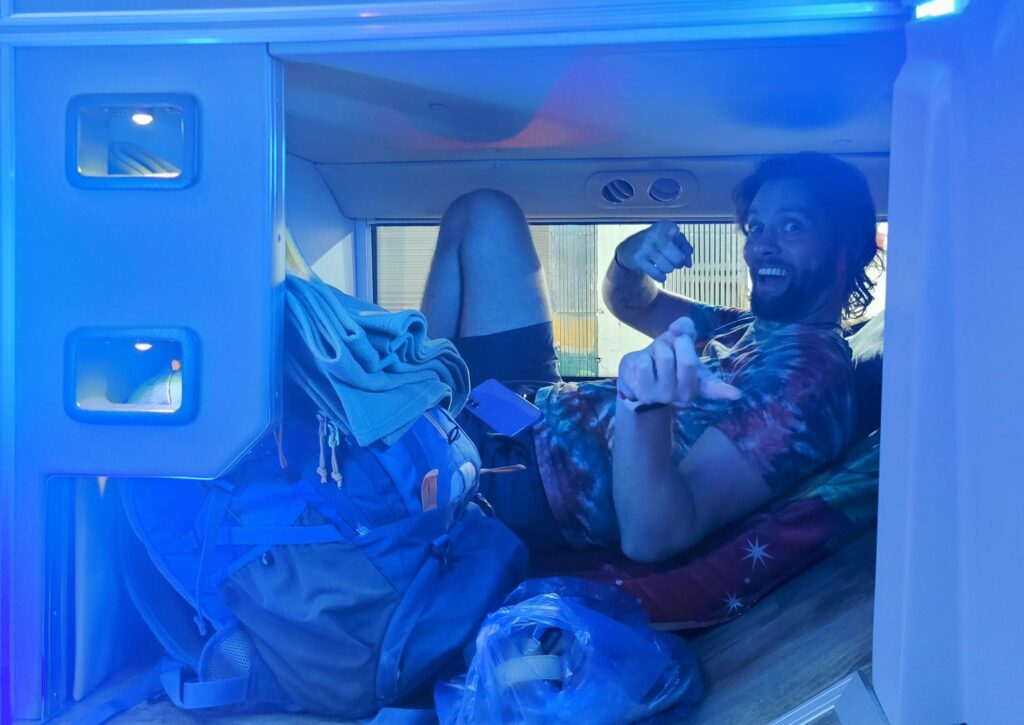
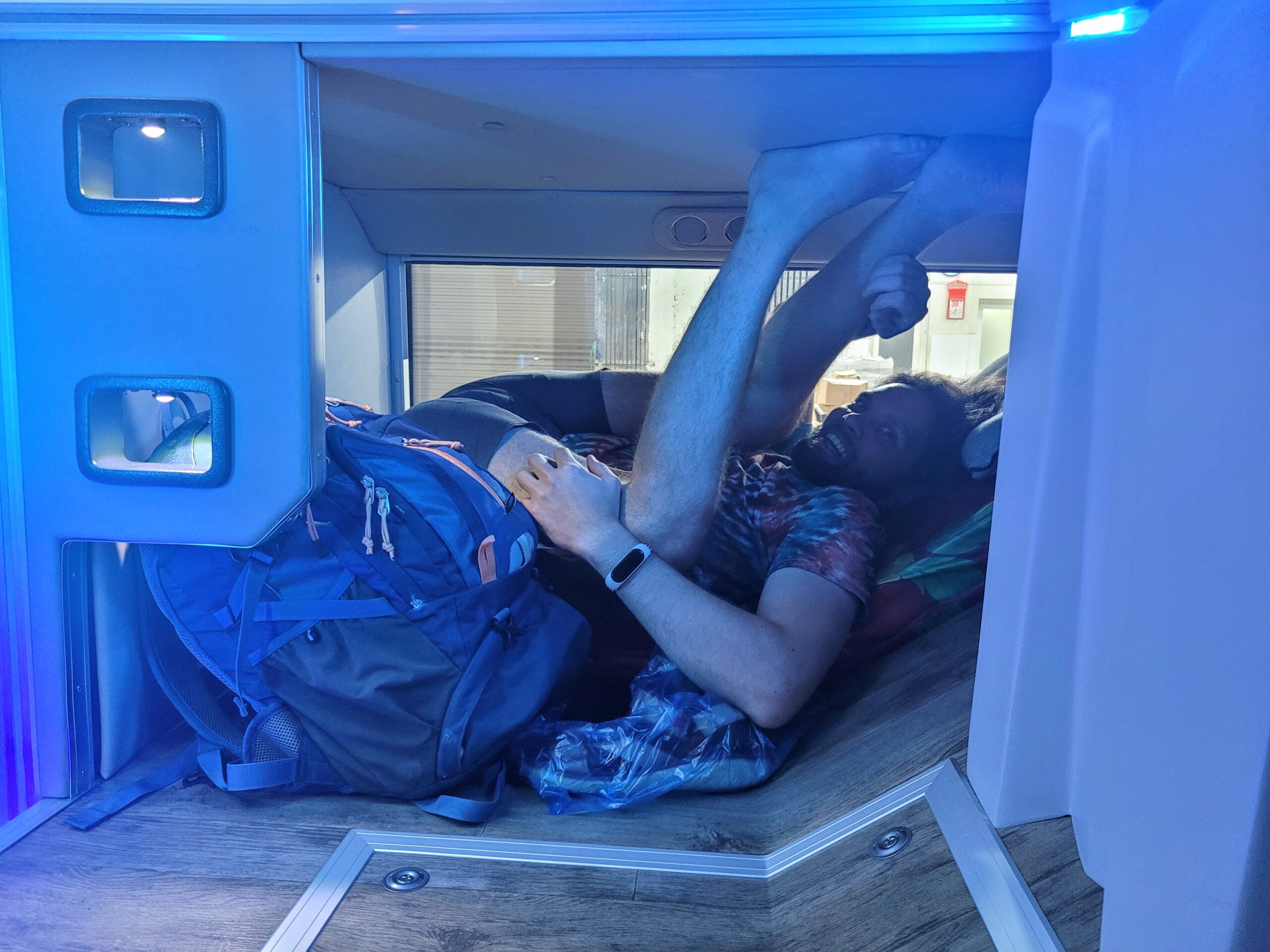
So there’s my intro to Sapa! I have at LEAST 2 more posts coming to show you more about the landscapes here and about the Hmong people!
Check back soon!
So great to read about, and see pictures of your adventures! Thanks for sharing
Sounds exciting, and it’s good to hear Dave hasn’t changed! ? can’t wait to read about the adventure. What a beautiful place!
Always enjoy reading about your travels
Joan